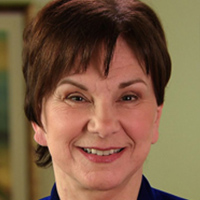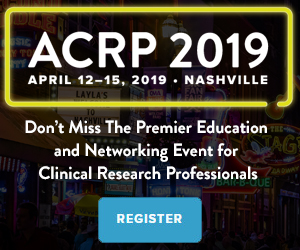A trio of heavy-hitters at the U.S. Food and Drug Administration (FDA) made a pitch for sponsors to think bigger when it comes to expanded access (EA) to treatment for patients after trials in a recent joint statement.
“For more than 30 years, the FDA has supported patients’ access to investigational medical products for treatment, outside of participation in a clinical trial, when appropriate,” said FDA Commissioner Scott Gottlieb, MD, Director of the FDA Center for Drug Evaluation and Research (CDER) Janet Woodcock, MD, and Director of the FDA Center for Biologics Evaluation and Research (CBER) Peter Marks, MD, in late March. “The FDA remains deeply committed to this effort.”
Helping to facilitate access to promising medicines for patients with serious or immediately life-threatening diseases or conditions when no comparable or satisfactory alternative therapy options are available is a high priority for the agency.
“We cannot know in advance whether a drug obtained through EA will provide a benefit for these patients who have no other FDA-approved treatment options and cannot enroll in a clinical trial. But such access can often represent a patient’s final hope for a potentially effective treatment,” Gottlieb, Woodcock, and Marks said.
Since 2010, drug sponsors and manufacturers have given the opportunity of such access to more than 13,000 patients. “Companies that innovate to develop effective new treatments show their commitment to the patients their drugs can potentially help by providing such access,” the FDA officials said. “The willingness of many sponsors to provide their products to patients at no cost or at the cost of manufacturing is a testament to their action on this public health commitment.”
“We want to reassure sponsors that providing a drug under EA very rarely impacts development timelines,” they added. “We urge sponsors to consider EA in appropriate settings; and especially after patients who are showing promise on an experimental drug complete therapy in a clinical trial setting.”
Don’t Miss FDA at ACRP 2019!
Get advice and insight directly from the U.S. FDA at ACRP 2019, April 12-15. U.S. FDA officials will be in Nashville to provide tips on inspection prep, 483 responses, GCP compliance, and more. Don’t miss out on this unique opportunity to engage directly with U.S. regulatory officials.
An FDA analysis of more than 10,000 EA applications from 2005 to 2014 shows that the incidence of a clinical hold due to an adverse event from an EA situation with an Investigational New Drug (IND) was 0.2% compared to a 7.9% incidence of clinical holds for all commercial investigational drug development programs. During that time, the only two cases of clinical holds resulting from an adverse event in an EA IND setting occurred in response to the deaths of two cancer patients who were receiving treatment under different EA INDs, shortly after infusion of the investigational drug. In both cases, the clinical holds were resolved. In addition, a review of more than 300 regulatory decisions between 2010 and 2016 shows that EA did not result in a negative decision on any application. In only one case did a final label include a drug interaction based on EA experience alone.
“EA has been an important program, providing access to innovative therapies that can provide meaningful benefits to patients with serious diseases who lack therapeutic alternatives and cannot participate in clinical trials,” the FDA officials said. “We support efforts by sponsors to offer promising medicines to patients through EA. This includes continued access after the completion of a clinical trial, sometimes through an extension study.”
While EA may not be feasible in every situation, the agency representatives allowed, they said concerns about regulatory risks are often overstated. “Such concerns are not supported by the data,” the officials noted. “At the same time, information from EA has sometimes proven valuable, contributing to the overall data available about a drug that is included in the marketing application.”
Author: Michael Causey




